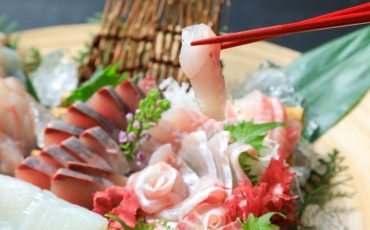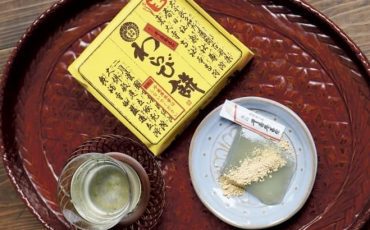Articles
Features
Jul 1, 2015
Feast On Shizuoka
Wasabi
Toshiho Miyahara, Owner, Miyahara Farm
There may be a few hundred different types of wasabi, but Miyahara Farm specialises in producing only four – one of which is used by Chef Wakuda at Waku Ghin. Now the president of the 60-year-old Miyahara Farm, located in Utougi area, the oldest wasabi valley. Miyahara shares that wasabi doesn’t grow particularly well under intense heat, hence they send the seeds to Hokkaido during summer to enable year-round harvest. Tip: Think wasabi only pairs well with sashimi? Miyahara will have you know that the Japanese horseradish goes amazingly well with wagyu beef!
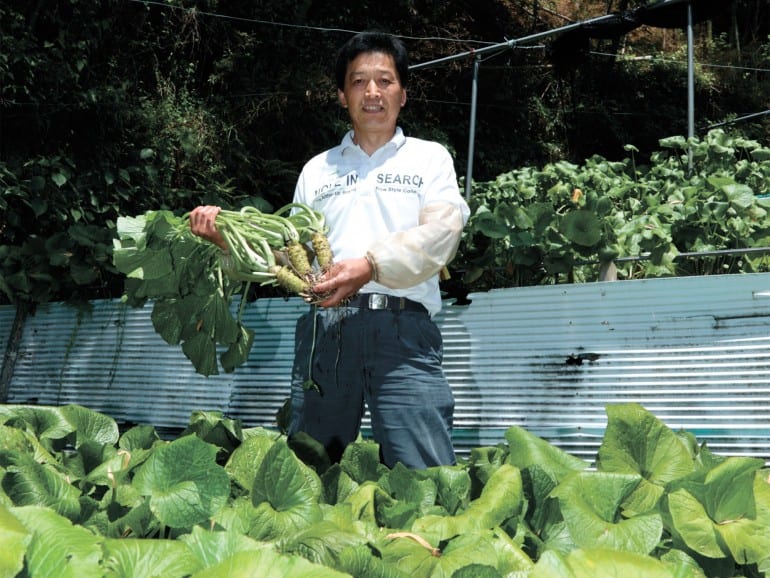
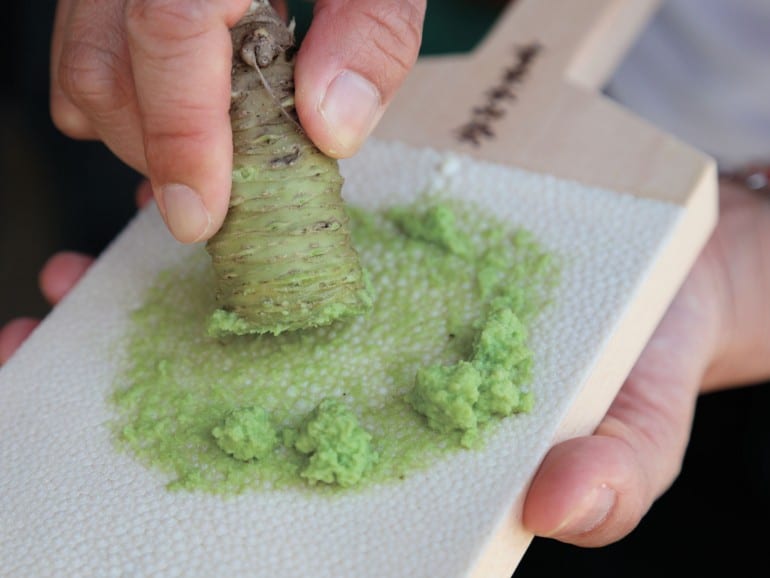
Unagi-imo
Takuma Ito, Chairman, Unagi-imo Association
What do you do when you live in a city whose specialty food is unagi (eel), and whose land is suitable for harvesting sweet potatoes? You combine the two together to create an original produce, of course! Started only three years ago in Hamamatsu city, Unagiimo is the brainchild of Takuma Ito, who began experimenting with growing sweet potatoes using leftover eel as part of the fertiliser in 2009. Despite being fairly new, Unagiimo has been working with a myriad maufacturers to produce a wide variety of delicious treats, and will even be collaborating with Nori (see pg 24) at Expo Milano 2015!
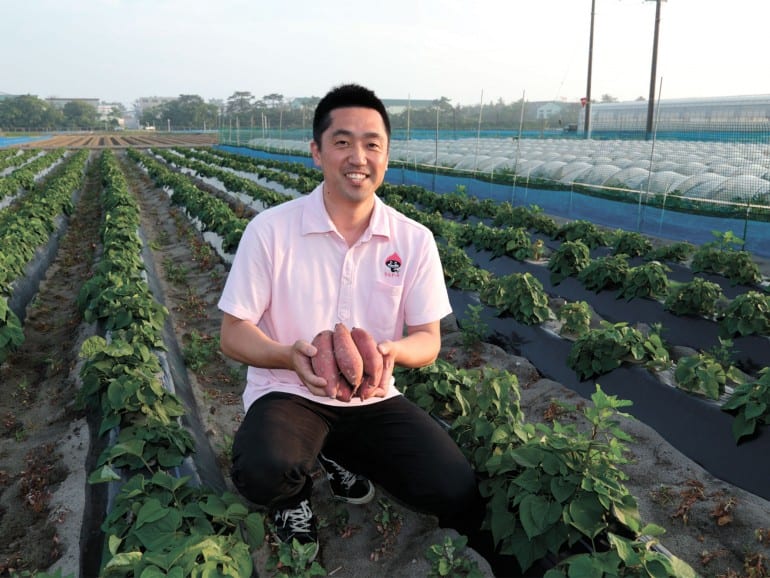
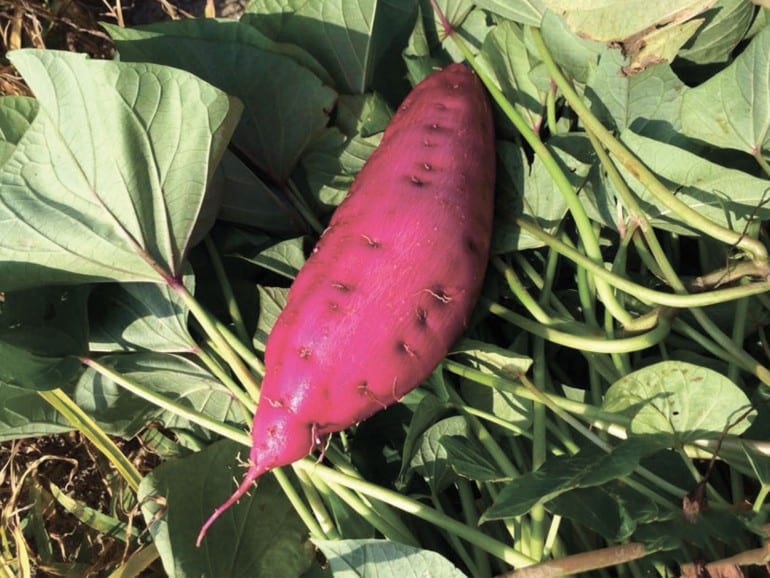
Sake
Yoji Teraoka, President, Isojiman Premium Sake Brewery
“Working in this brewery is like working in a refrigerator!” The head of Isojiman Brewery wasn’t joking – the first brewery to be fully walled with stainless steel, the temperature is constantly kept between 5°C – 6°C so as to maintain the quality of their sake. This is just one of the many features that propel Isojiman Brewery into its international status as a top sake producer. Founded in Yaizu City in 1830 and the recipient of numerous awards around the world – including the gold awards at The National New Sake Awards in Japan as well as the International Wine Challenge in London – every step of the sake brewing process at Isojiman Brewery is prepared with military precision. The koji-making stage, for instance, is 100-percent handmade inside a chamber built entirely out of pine wood; even though the omission of machines prolongs the koji preparation process, this painstaking method serves to markedly enhance the fragrance of the rice.
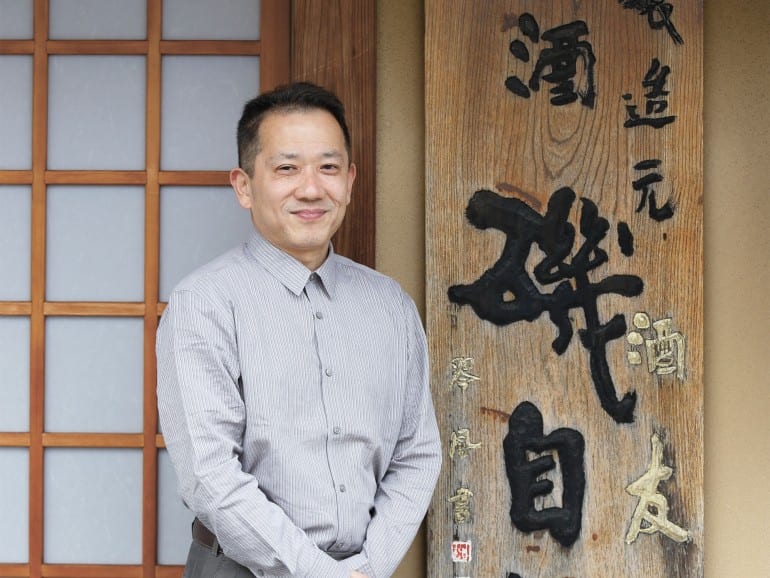
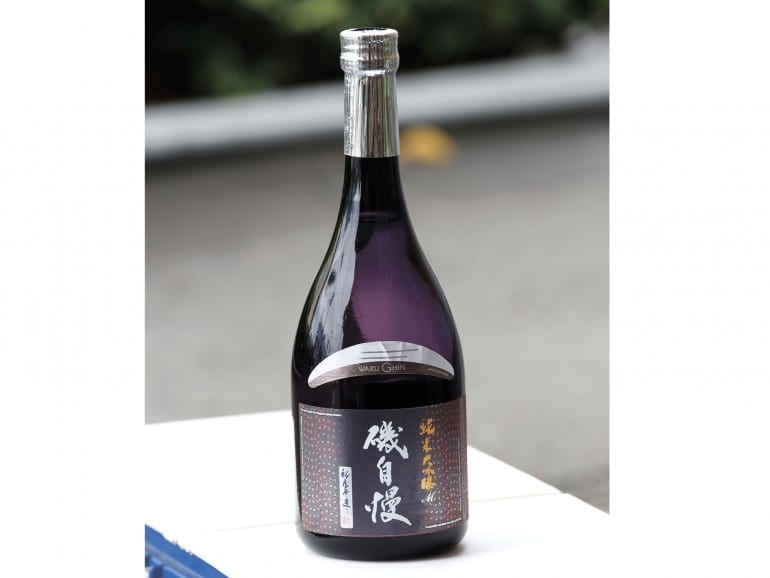
(TEXT TAN LILI PHOTOGRAPHY NORIO NAGATA, YOKO FUJIMOTO & TETSUYA ONODA)
>>Read more about Shizuoka Food
>>Read more about Shizuoka Sightseeing







